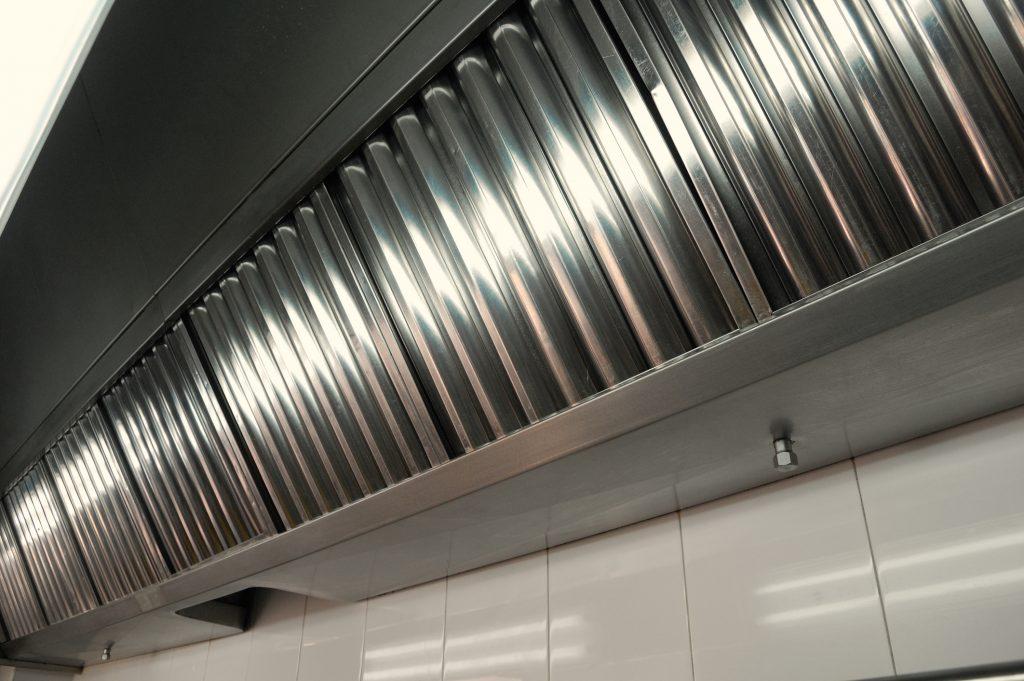New Electrical Equipment Service Sizing
Home » Services » Electrical Design and Installation » New Electrical Equipment Service Sizing
Why Do I Need New Electrical Equipment Service and Sizing Help?
Electrical equipment sizing is a crucial aspect of designing and installing electrical systems. It ensures that all components in the system can handle the expected electrical loads safely and efficiently. Proper sizing minimizes the risk of overloading, enhances system reliability, and improves energy efficiency. Here’s a detailed overview of key considerations in electrical equipment sizing.
Load Assessment
The first step in electrical equipment sizing is to accurately assess the electrical load. This involves:
- Identifying all loads. List all the electrical devices and systems that will be powered. This includes lighting, heating, ventilation, air conditioning (HVAC), motors, appliances, and electronic devices.
- Calculating load demand. Determine the power requirements of each device, usually measured in watts (W) or kilowatts (kW). For motors and HVAC systems, also consider the inrush current or starting current, which can be significantly higher than the running current.
Understanding Power Quality and Demand Factors
Ensure that the power supply meets the required quality standards, including voltage stability and harmonic distortion.
Apply appropriate demand factors to account for the probability that not all devices will operate simultaneously at their maximum load. This helps in avoiding oversizing, which can be uneconomical.
Selection of Conductors
Choose conductors that can handle the maximum current expected without overheating. The size of the conductor is determined by the ampacity, which is the maximum current a conductor can carry continuously without exceeding its temperature rating.
Ensure that the voltage drop along the conductor length is within acceptable limits. Excessive voltage drop can adversely affect the operation of electrical devices.
Circuit Protection Devices
Select appropriate fuses or circuit breakers that can protect the circuit from overcurrent conditions. These devices must be rated to interrupt the maximum fault current that can occur.
Ensure that the protective devices and all equipment have a short-circuit rating that exceeds the available fault current at their location.
Sizing of Transformers and Generators
Size transformers based on the total load demand, considering both continuous and non-continuous loads. Factor in future expansion possibilities.
When sizing generators, consider not only the total load but also the starting requirements of large motors or equipment. Ensure the generator can handle the surge current without excessive voltage dip.
Panelboards and Distribution Boards
Size panelboards to accommodate the total load of all circuits connected to them, including an allowance for future load increases.
Properly distribute the load across multiple panels or distribution boards to balance the load and reduce the risk of overloading any single point.
Compliance with Standards and Codes
Adhere to local codes and standards, which may have additional requirements or modifications to national standards.
Energy Efficiency Considerations
Choose energy-efficient transformers, motors, and other equipment to reduce overall power consumption and operating costs.
Implement power factor correction methods if the load includes inductive elements like motors, to improve efficiency and reduce losses.
Upgrading or installing new electrical equipment is a significant task that requires professional expertise to ensure safety, efficiency, and compliance with regulations.
What Does New Electrical Equipment Service Sizing Involve?
Understanding the power requirements of the new equipment you are installing determines what electrical service and devices are needed. Proper electrical equipment sizing determines the operating cost. Too large of equipment increases the installation cost. Too small of electrical equipment (i.e., motors) run the risk of overworking, increasing repair and replacement needs and operating costs.
Proper electrical equipment sizing services ensure that you maximize your investment dollar while bringing down the overall cost of operation and observing safety requirements.
Current Group needs to know where in your building or facility the equipment is installed. Electricians will inspect the location to make sure there is a power source to connect the equipment to.
First, we meet with you to understand what equipment you plan to install and how it will be used. Here are some common questions we ask so you can be prepared before we meet.
- What equipment are you installing? We need make, model, and a specification sheet that will explain the power requirement (phase, voltage, amperage).
- We will also ask if this equipment will run intermittently or 24\7.
- Is the equipment manually run or unmanned?
- Will the equipment start and stop automatically, speed up and slow down?
- Do we need to run communication wiring between an existing PLC controller and the equipment?
- Does the equipment require auxiliary equipment (i.e., ventilation hood) or its own lighting?
- Does it need any safety equipment like safety light curtains or annunciator lights?

Advantages of Electrical Equipment Sizing by Professional Electricians
Engaging professional electricians from Current Group for electrical equipment sizing brings numerous benefits that ensure the safety, efficiency, and reliability of your electrical systems. Here’s a detailed look at these benefits:
- Accurate load assessment
- Compliance with codes
- Proper installation
- Correct equipment selection
- Minimize downtime
- Reduced maintenance costs
By accurately sizing equipment, Current Group avoids unnecessary costs associated with oversized components, which can be more expensive and less efficient.
Professionals from the Current Group complete sizing and installation tasks more quickly and efficiently than non-experts, reducing project timelines.
Choosing Current Group to size electrical equipment offers significant benefits that go beyond precise calculations. Our experience ensures that systems are safe, reliable, efficient, and compliant with all codes and standards. Ordering professional services in Alberta not only improves the overall performance of electrical installations but also provides significant cost savings and peace of mind for property owners.
Current Group is experienced with equipment electrical sizing needs in commercial buildings, food processing, grain handling, and livestock production facilities. We create customized, accurate and cost-efficient designs that are best suited to your project. Request a quote to learn more about our electrical design and installation services. Contact us today at (403) 546-2153 to order electrical equipment sizing service in Alberta.

